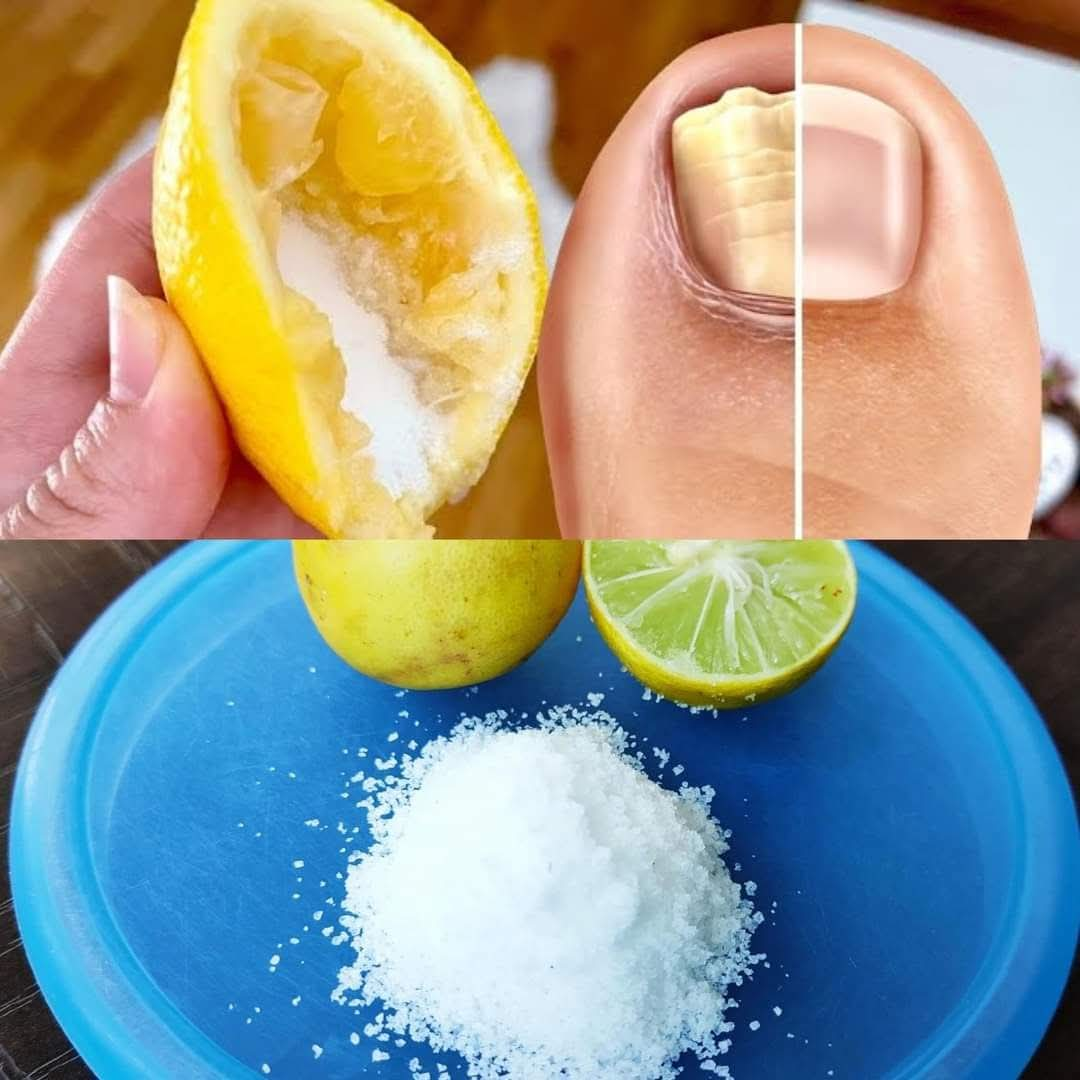ADVERTISEMENT
Sure! Below is a 3,000-word article on how to naturally remove toenail fungus using lemon and salt. This article will cover the causes of toenail fungus, why natural treatments like lemon and salt are effective, step-by-step instructions, and additional tips for preventing toenail fungus in the future. Let’s break the article down into sections for better readability.
—
**Title: Nail Fungus Removal: 100% Natural Treatment for Toenail Fungus Using Lemon and Salt**
—
### **Introduction: Understanding Toenail Fungus and How to Treat It Naturally**
Toenail fungus, also known as onychomycosis, is a common condition that affects many people around the world. It can cause thickened, discolored, and brittle nails, often leading to discomfort and embarrassment. The infection is typically caused by a group of fungi called dermatophytes, which thrive in warm, damp environments such as shoes, swimming pools, and public showers.
Traditional treatments for toenail fungus often involve prescription antifungal medications, topical creams, and even laser treatments. However, many people seek natural remedies to avoid potential side effects or the high costs associated with pharmaceutical treatments. Among the most popular natural remedies are lemon and salt, both of which have antifungal, antiseptic, and healing properties.
In this article, we will explore how you can use these two simple ingredients—lemon and salt—to help treat toenail fungus effectively. You’ll learn how these ingredients work, the steps to apply them, and additional tips to prevent toenail fungus from recurring.
—
### **What Causes Toenail Fungus?**
Before delving into the treatment options, it’s important to understand the causes of toenail fungus. Toenail fungus is caused by an overgrowth of fungi, which can invade the nail and its surrounding tissue. This typically occurs when the nails are exposed to certain risk factors, such as:
1. **Moisture**: Fungus thrives in moist, warm environments. If your feet are often damp or sweaty, you are at a higher risk for toenail fungus.
2. **Trauma to the Nail**: Any injury to the toenail, such as a bruise or crack, can provide a pathway for the fungus to enter.
3. **Poor Foot Hygiene**: Not properly cleaning and drying your feet, especially in between the toes, can lead to fungal infections.
4. **Weakened Immune System**: People with compromised immune systems, such as those with diabetes or HIV, are more susceptible to fungal infections.
5. **Tight-Fitting Shoes**: Shoes that don’t allow the feet to breathe properly can increase moisture buildup and create an ideal environment for fungi.
6. **Public Spaces**: Walking barefoot in public places like swimming pools, gyms, and communal showers increases the risk of exposure to fungi.
Toenail fungus usually begins as a small, white or yellow spot under the tip of the nail. If left untreated, it can spread to the rest of the nail, causing it to become discolored, thickened, and brittle. Severe cases of toenail fungus can lead to pain and difficulty walking.
For Complete tips STEPS Please Head On Over To Next Page Or Open button (>) and don’t forget to SHARE with your Facebook friends
